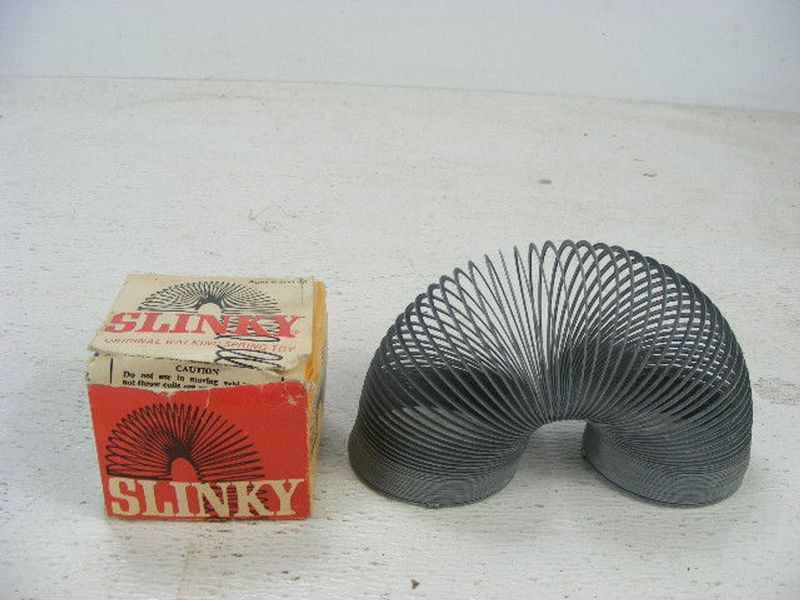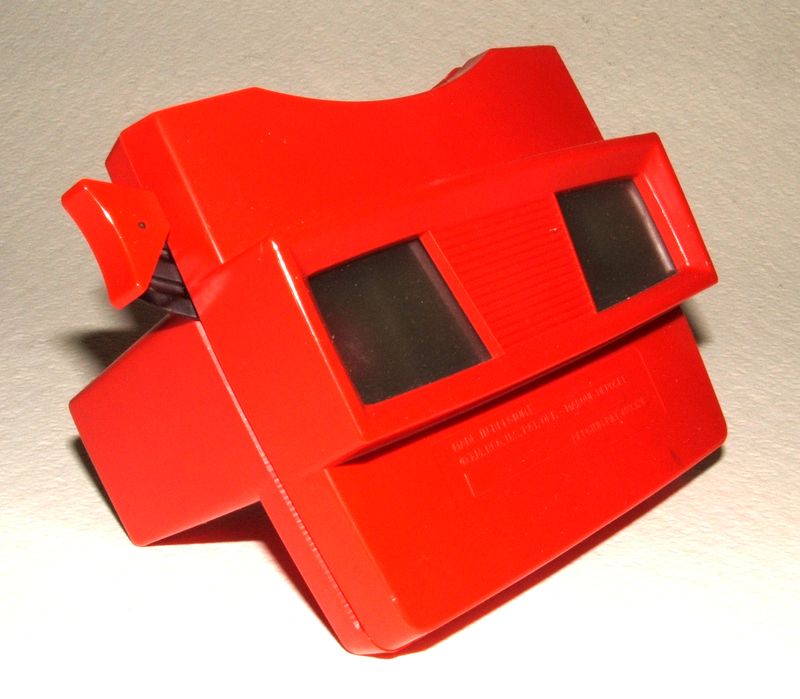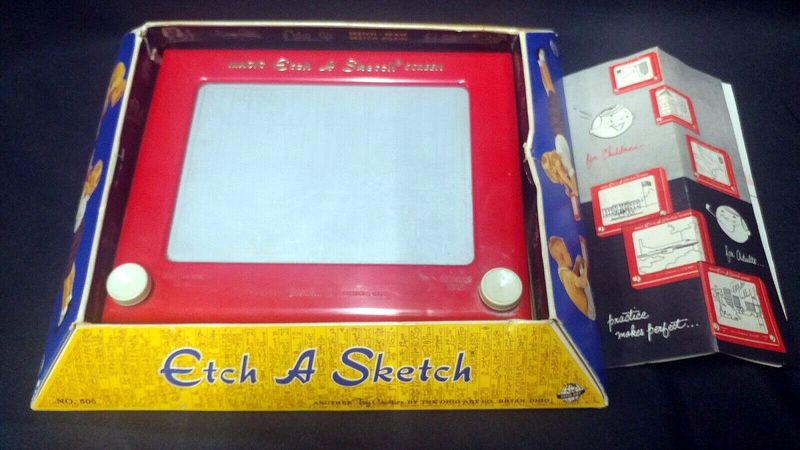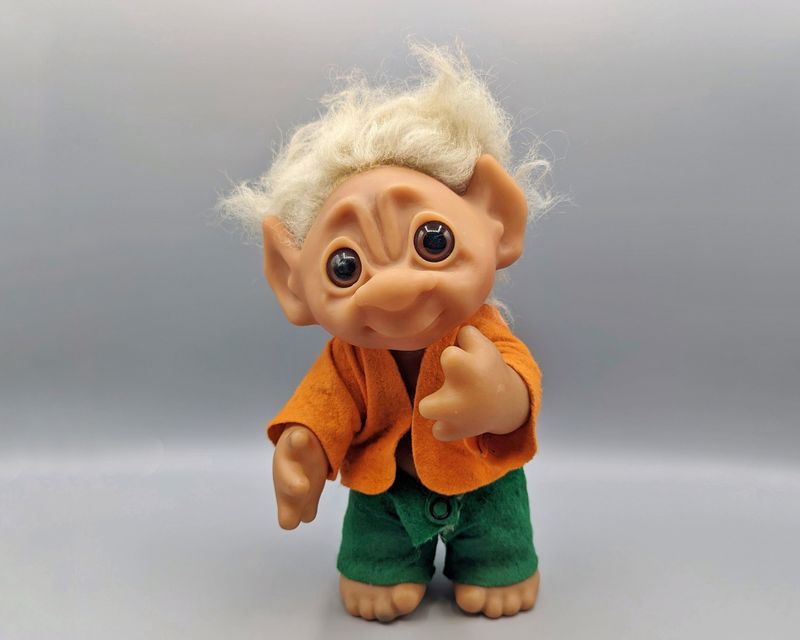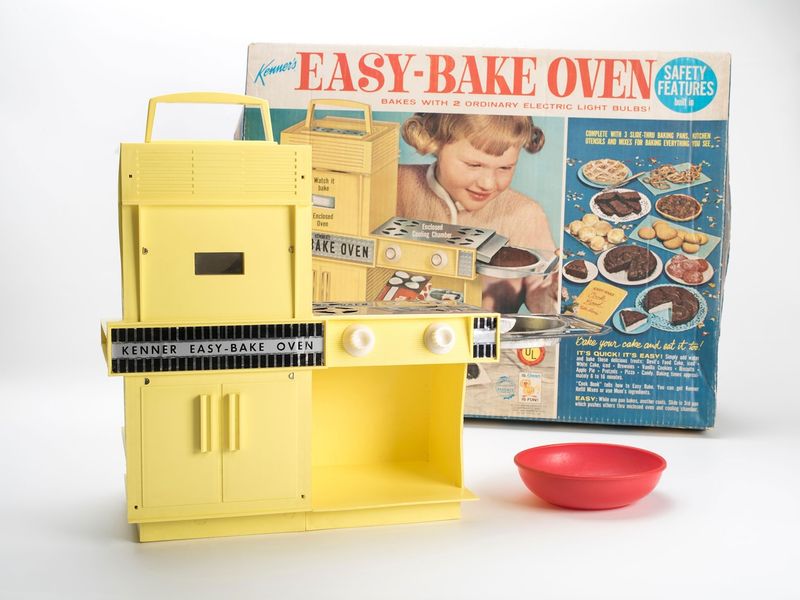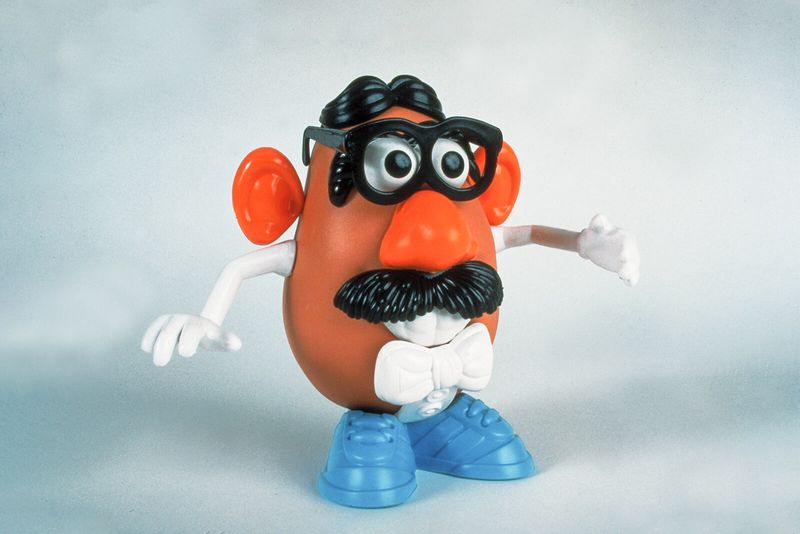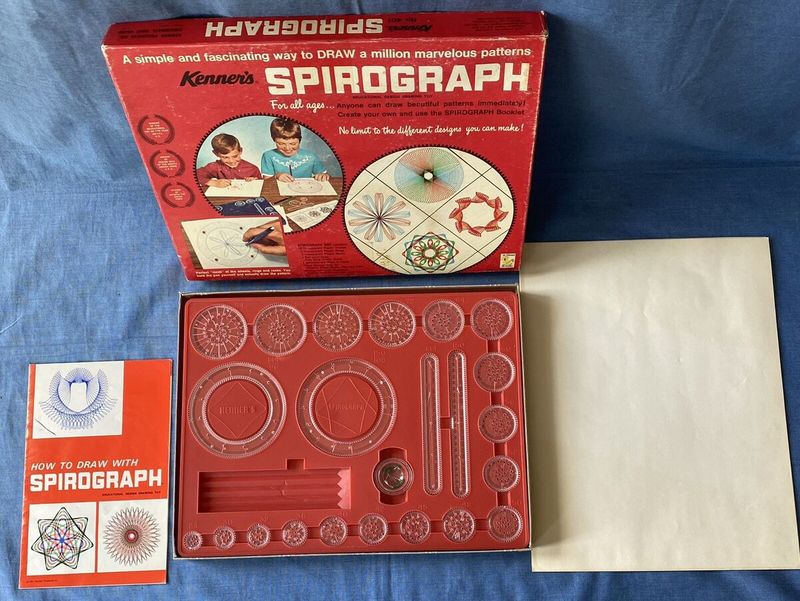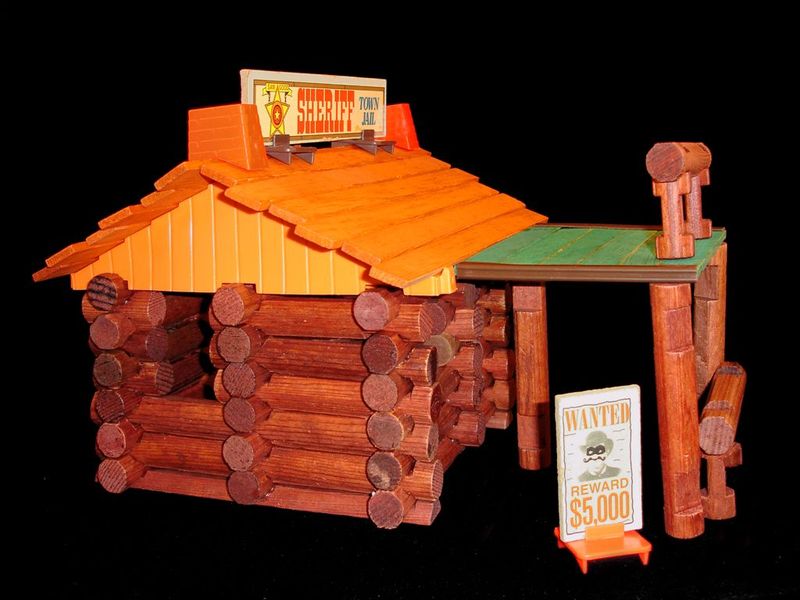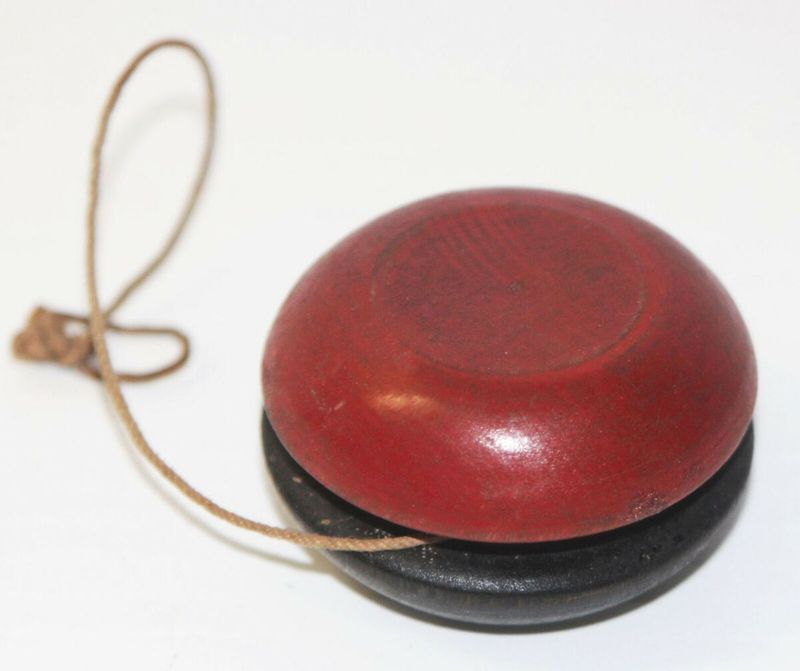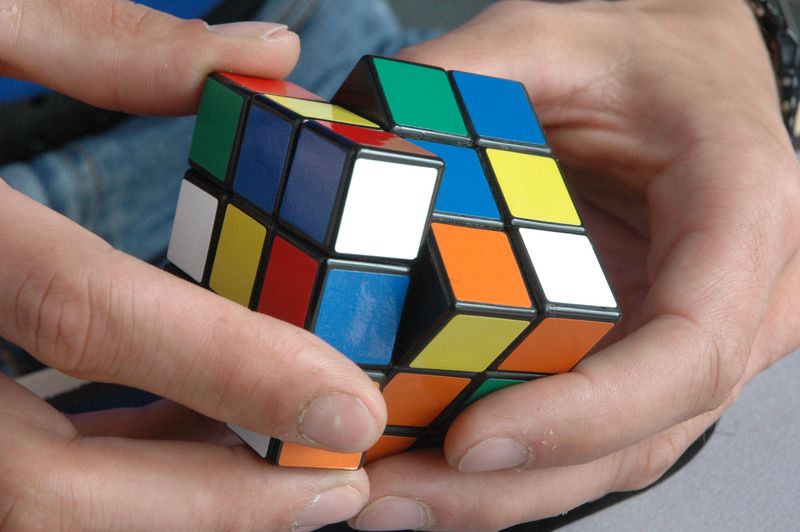11 Toys Boomers Loved That Would Confuse Today’s Kids
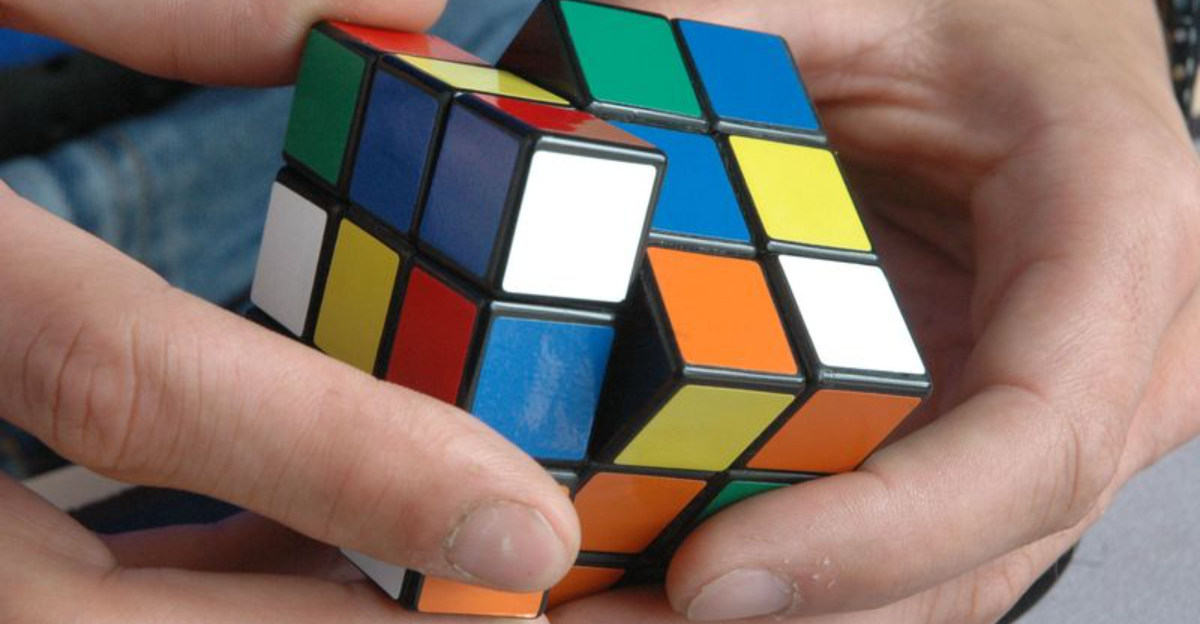
Toys from the Boomer generation were innovative in their simplicity, relying on imagination, skill, and hands-on interaction. They didn’t need batteries or screens to captivate a child’s attention.
While today’s kids grow up with technology-driven playthings, these classic toys reflect a time when fun was tactile, creative, and a little slower-paced.
Let’s revisit 11 iconic playthings that shaped a generation and discover why they remain so special, even if they might seem puzzling to kids today.
1. Slinky
The Slinky wasn’t just a toy—it was a phenomenon. Created in the 1940s, this humble spring transformed into an acrobat as it “walked” down stairs with mesmerizing grace. Children would eagerly experiment with the Slinky on every surface they could find, marveling at how it seemed to move with a life of its own.
What made the Slinky so delightful wasn’t just its movement but the sound it made—a rhythmic metallic clink that felt oddly satisfying. It became a staple in every toy box, a simple joy that brought endless entertainment.
Unlike modern toys packed with lights and sounds, the Slinky relied on the elegance of pure physics, teaching kids about momentum and gravity without them even realizing it. For today’s tech-savvy kids, it might seem quaint, but it remains a timeless symbol of ingenuity.
2. View-Master
Long before smartphones or VR headsets, the View-Master gave kids a peek into faraway lands and fantastic stories. By inserting a reel of stereoscopic images and clicking the lever, children could explore everything from national parks to scenes from their favorite cartoons.
Each reel was a miniature adventure, offering vivid 3D visuals that felt magical in an era before high-definition screens. Holding a View-Master was like having a tiny theater in your hands, inviting you to dive into its world.
For Boomers, it was a portal to imagination, while today’s kids might see it as a charming relic. Still, there’s something special about the tactile experience of peering through its iconic red lenses, an analog escape from the fast pace of modern life.
3. Etch A Sketch
The Etch A Sketch was equal parts toy, art tool, and test of patience. With just two knobs and a screen filled with aluminum powder, kids could create everything from simple shapes to intricate designs. The real thrill came from the challenge: no mistakes were allowed, and every line was permanent until the entire screen was erased with a satisfying shake.
For young artists, it was a lesson in perseverance and creativity. Its mechanical simplicity made it as frustrating as it was rewarding, offering a sense of accomplishment unmatched by today’s digital drawing apps.
Modern kids might find its limitations confounding, but there’s a unique charm in mastering the Etch A Sketch that no touchscreen can replicate.
4. Troll Dolls
These quirky, wide-eyed figures with wild, colorful hair were the definition of whimsical fun. Troll Dolls weren’t just toys; they were collectibles, with each doll boasting a unique personality and charm. Their appeal lay in their oddness—tiny grins, stubby bodies, and hair that defied gravity.
Kids loved customizing their Trolls, brushing their hair or dressing them up in miniature outfits. While today’s toys are sleek and high-tech, Troll Dolls stood out for their goofy charm, sparking joy through simplicity.
They didn’t need flashy features to win hearts, proving that sometimes, the most unexpected things bring the greatest smiles.
5. Easy-Bake Oven
The Easy-Bake Oven wasn’t just a toy—it was an introduction to the joys of baking. With the power of a single lightbulb, kids could whip up miniature cakes, cookies, and brownies. For many, it was their first foray into the culinary arts, sparking a lifelong love of cooking.
The thrill of watching batter turn into a tiny dessert was unmatched. It wasn’t about convenience but the sheer magic of creating something delicious all on your own.
While today’s kids might prefer baking alongside their parents in full-sized kitchens, the Easy-Bake Oven remains a symbol of creativity and independence.
6. Mr. Potato Head
Before digital avatars let kids customize characters, Mr. Potato Head invited them to create quirky personalities from scratch. By attaching eyes, mouths, hats, and other accessories, children could turn a simple plastic potato into a cast of colorful characters.
The joy lay in the endless combinations and the silliness of placing a nose where an ear should be. It encouraged creativity, problem-solving, and a good dose of laughter.
Modern toys often rely on screens, but Mr. Potato Head’s tactile nature remains a refreshing reminder of hands-on fun.
7. Spirograph
The Spirograph transformed the math of gears and circles into stunning works of art. By placing a pen in one of the holes and rotating the gears, kids could create intricate spirals and patterns that felt magical.
It wasn’t just a drawing toy—it was a meditative experience. Every design was unique, blending precision with creativity, offering both relaxation and inspiration.
While apps can mimic its results, the hands-on nature of the Spirograph makes it an enduring favorite for those who remember the joy of turning simple shapes into masterpieces.
8. Marbles
Marbles weren’t just pretty glass spheres; they were the centerpiece of playground competitions. Kids would crouch on dirt circles, aiming to knock opponents’ marbles out with skill and precision. Each game was a mix of strategy, dexterity, and sportsmanship.
Marbles encouraged face-to-face interaction, a rarity in today’s digital age. Their tactile nature and beautiful designs made them both a game and a collectible. For Boomers, they were a cornerstone of childhood play, teaching patience and technique in a way no video game could replicate.
9. Lincoln Logs
Lincoln Logs sparked imaginations by letting kids build cabins, forts, and frontier towns. These notched wooden beams offered a hands-on introduction to construction and design, inspiring young builders to think creatively.
Unlike digital building games, Lincoln Logs required tactile effort and spatial reasoning, making every creation feel like an accomplishment. While today’s kids might find them simplistic, their timeless appeal lies in their ability to connect play with history and storytelling.
10. Yo-Yo
The Yo-Yo was more than a toy—it was a challenge. Mastering tricks like “walk the dog” or “around the world” was a badge of honor, requiring endless practice and skill.
Its up-and-down motion was mesmerizing, offering both relaxation and excitement. The Yo-Yo taught persistence and precision, values that resonate even in today’s fast-paced world.
Though it lacks the flashiness of modern gadgets, its simplicity remains a powerful reminder that sometimes, the most basic toys are the most rewarding.
11. Rubik’s Cube
This colorful puzzle was a global sensation, challenging players to align all six faces. Solving it required logic, patience, and determination, making it both frustrating and immensely satisfying.
Unlike digital games with instant solutions, the Rubik’s Cube demanded focus and problem-solving. Its tactile nature and enduring challenge make it a timeless brainteaser, proving that true success comes from hard-earned effort.

